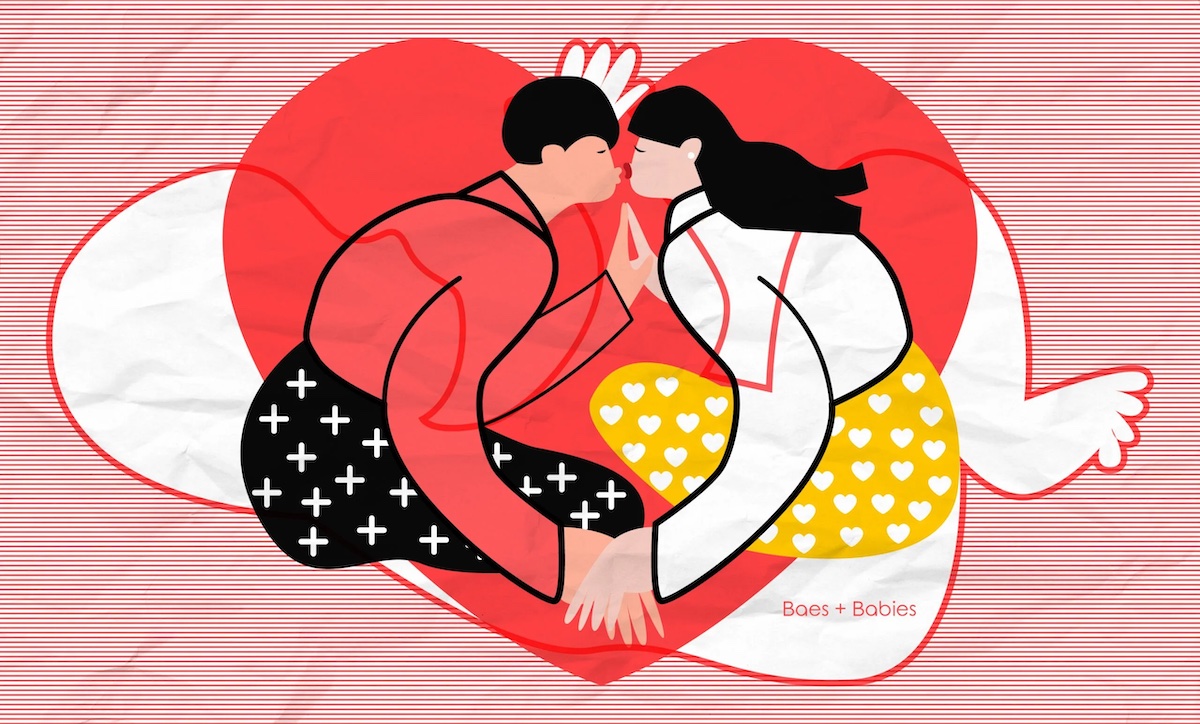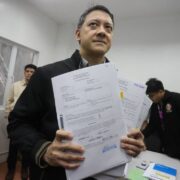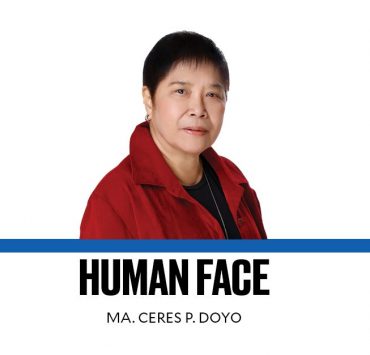The trans dilemma

Whenever I want to pee in public restrooms, I get chased down by security guards.
For trans people, getting kicked out of spaces usually happens when you go to the one you identify with.
But I don’t do that. I’m perpetually afraid of getting the head-to-toe stares from people trying to figure out, “What are you?” I tense up in cubicles because I’m unsure if I’m blending in enough for other men to believe that I prefer peeing while sitting down. Most of the time I’d rather hold it in and get a urinary tract infection.
Realistically, avoiding the restroom is impossible. I frequently choose to go to the one aligned with my assigned sex at birth, female.
I may not sport a full-face beard or have Morgan Freeman’s voice, but for women, I’m man enough to be in the wrong restroom. I am man enough to make them feel unsafe and aware of my presence. I can always say that I’m female and that I have an ID to prove it, but security guards would still look me up and down, their gazes uncomfortably lingering on my body before letting me go. It should be flattering that I am man enough.
But when I’m with men, I get told that I look prepubescent. In public establishments, I get a strange mix of “sir” and “ma’am,” coupled with the automatic self-correction once they hear my voice that’s a few pitches too high to be male.
Women feel I am man enough and men feel I am too much of a woman.
Where on earth do I go?
I introduce you to what I call the “trans dilemma,” the internal and social debate on what spaces trans individuals can access. Society considers our existence a subject of discourse, one that laws and social norms must regulate. When the Sogie (sexual orientation, gender identity, and expression) bill resurfaced a few years ago, many were discouraged from supporting it because of how it could allow trans people to use the restroom of their identified gender.
I campaigned heavily for the bill while asserting that the restroom issue was trivial. It wasn’t part of the bill and was not important enough to be discussed by the public. Naïve and idealistic as I was, I couldn’t see the bigger picture: the restroom debate represents a larger problem in Philippine society’s perception of gender and sex.
Recently, Gloria Diaz restated her stance on how transgender women, along with married women and single mothers, should have their own pageants instead of joining Miss Universe. She used the word “transvestite” during the interview. Isabelle Daza seconded her mother’s idea, claiming that while she supports inclusivity, the pageant shouldn’t be called “Miss Universe” at all if everyone could join.
Under posts about the interview, Filipinos flocked to the comments section to agree, yet many glossed over the important parts of their statements.
The usage of the word “transvestite” in reference to trans women reflects our misunderstanding of transness. “Transvestite” was the term used for people who dressed as the opposite sex. In the 1900s, transvestism was considered a paraphilia that needed treatment.
This term was eventually replaced by the word “transgender,” referring to individuals who do not identify with their assigned sex at birth. Its usage has less to do with the political correctness or social inclusivity that Diaz and Daza don’t seem to care much for—it has more to do with having an accurate understanding of gender and sex.
Misusing terms is a common mistake for everyone, but going on television to consistently reiterate your stances on policing what a group of people can or cannot do while referring to them with incorrect terminology is the perfect example of why the trans dilemma remains a dilemma: no one knows who they’re referring to when they talk about trans people.
Trans people have always existed and the truth is, it’s our misconception of men and women that’s always been the problem. Gender theorist Judith Butler asserts that it is the notion of gender as a social construct instead of a biological fact that changes people’s perceptions of the world and themselves. If trans people exist, what happens to the idea that males are superior to females? What happens to “biological facts”? Why do we get to change a part of ourselves that everyone was forced to accept?
We don’t have to live as anything other than who we truly are. Trans people are proof that taking control of reality can help us live as our happiest, most authentic selves.
I’ve been told that my certainty about myself was admirable. However, while I celebrate my identity, I bask in the knowledge that our certainty is a shield against discriminatory ignorance, so I have a message for those who agree with Diaz: I was born female, I am single, and I am not a mother, but I shouldn’t qualify for Miss Universe because these are not the qualities that define women. I don’t qualify because I don’t identify as a woman, but there are so many brilliant cis and trans women who do and who deserve to be known as such.
Trans people do not exist to harm anyone. We deserve to live like everyone else.
I hope you find it in your heart to have a more open mind.
Louella Tan, 19, is a development communication student at the University of the Philippines Los Baños. He spends his free time pondering trans health-care accessibility, queer art, and LGBTQIA+ media representation.

















